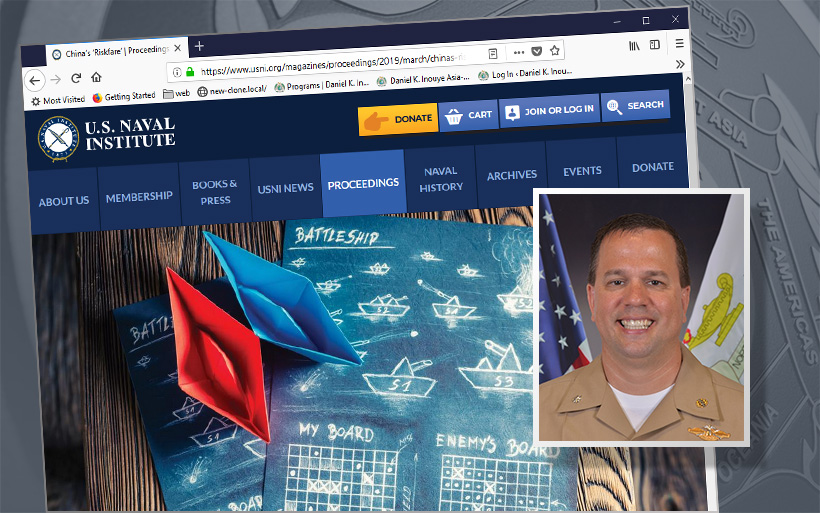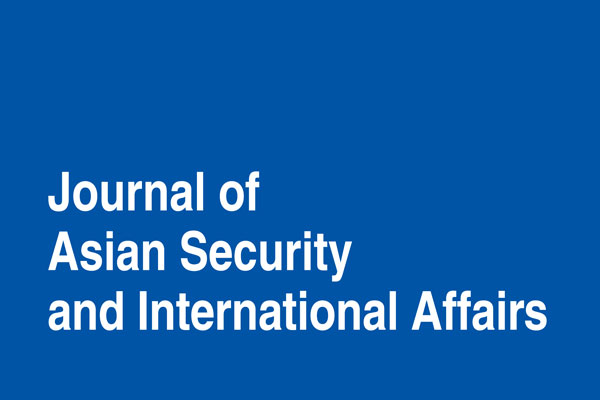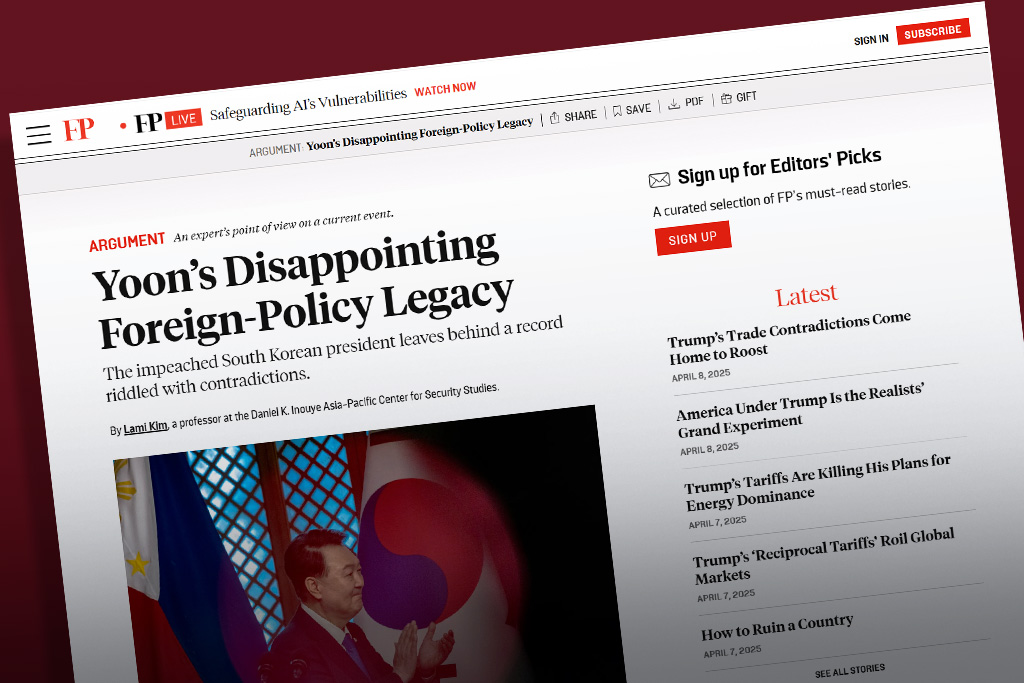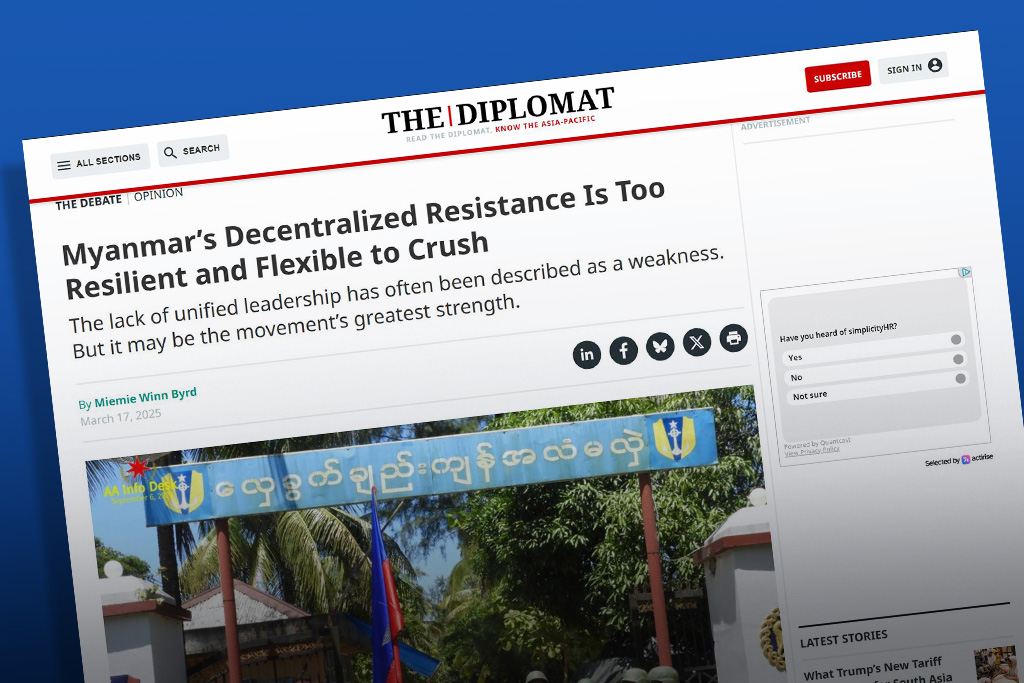DKI APCSS professor Cmdr. Jonathan G. Odom has an article featured in the March issue of Proceedings magazine, highlighting the growing tactical risk arising in the geopolitical competition between the United States and China. The article, entitled “China’s ‘Riskfare’,” calls for the United States to spotlight China’s risky operational behavior in and over the waters of the Asia-Pacific region and take deliberate actions to counter these dangerous tactics.
Odom points out that “Risk is not always synonymous with threat.” However, China’s behavior, particularly in and overthe South China Sea and East China Sea, produces risk and elevates it to a weapon, hence the term “Riskfare.” The desired effect of this riskfare is to achieve the objective of anti-access and aerial denial, minus kinetic force that would trigger the use of force in self-defense. He calls this riskfare a “serious situation, involving risk to human lives” and calls for the United States and other nations to scrutinize Beijing’s commitment to operational safety in the oceans and airspace of the Asia-Pacific region.
In the article, Odom provides recommendations for policy approaches to deal with this riskfare and geopolitical competition.
Read the full article on the Proceeding website at: https://www.usni.org/magazines/proceedings/2019/march/chinas-riskfare
Proceedings is a magazine published monthly by the U.S. Naval Institute. Launched in 1874, it is one of the oldest continuously published magazines in the United States, and is widely read by Naval officers, experts, and enthusiasts around the world.
Cmdr Jonathan Odom is a military professor at the Daniel K. Inouye Asia-Pacific Center for Security Studies. The views expressed in the article are his own and do not necessarily reflect those of DKI APCSS, the Department of Defense, or the U.S. Government.











How does “riskfare” differ from the existing doctrinal term of Brinksmanship; the practice of trying to achieve an advantageous outcome by pushing dangerous events to the brink of active conflict?
My command won’t pay for a unit subscription to Proceedings.
Scott M:
You ask a very good question, which is worth me exploring in any future scholarship on the topic.
In short, the classic concept of brinksmanship and my posited idea of “riskfare” are not necessarily mutually-exclusive concepts. Rather, they can overlap.
It is my understanding that brinksmanship is has focused largely on campaigns directed at the top levels of political leadership of a nation that generated a crisis short of war (e.g., threat of using nuclear weapons in the Cuban Missile Crisis or shutting off access to Berlin in the 1961 Crisis).
Riskfare is not necessarily directed at the political level of national leadership, it could be tactics developed as the military or operational level of government to achieve political objectives.
Riskfare is also something occurring outside of the crisis situation. To be clear, think in terms of a spectrum of situations or circumstances: (less serious) incidents, emergencies, crises, and conflicts (most serious). Brinksmanship takes the situation into the “crisis” situation, but not to “conflict.” The use of the riskfare tactics does not necessarily place the situation in a “crisis,” but rather deliberately seeks to stay on the category of “incidents.”
Thanks again for your question,
Jonathan Odom
jonathan.odom@usa.com